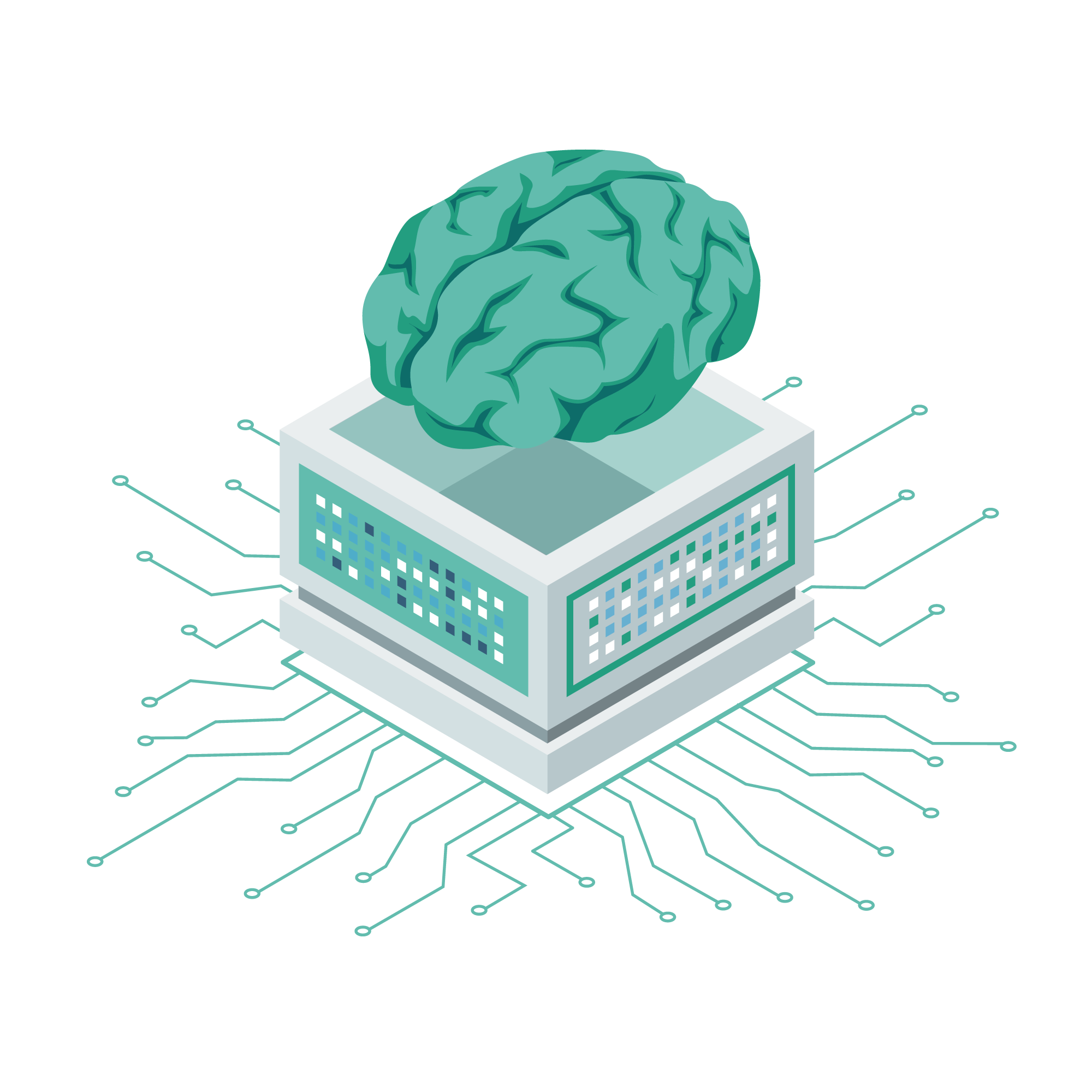In a time marked by relentless technological progress and its resulting competitive advantages, the manufacturing sector leads the charge in innovation. However, the full potential of artificial intelligence (AI) remains underutilised. Building upon the successful outcomes of the PRISMA project (ERDF, October 2019 – April 2022), BRAINS aims to advance knowledge and insights in data learning, including Artificial Intelligence (AI). This project centres on facilitating the digital transition and automation within the manufacturing industry, progressing from manual to semi-automatic processes, and ultimately to fully automated systems, including machine learning automation.
While PRISMA primarily concentrated on vision technology development – encompassing data acquisition from production processes or machines through camera imagery and sensors, data processing, analysis, and subsequent adjustment of process parameters – BRAINS shifts its focus towards advanced process parameter adjustment, integrating vision and sensing technologies. It spans from intelligent operator instructions to automatic machine adjustments and self-learning process optimisations. This endeavour entails researching and developing new AI knowledge, culminating in the creation of a versatile data learning module.
The consolidation of this knowledge into a new data learning module is pivotal, catering to multiple industrial use cases within process automation. Through a consortium comprising companies and knowledge institutes, BRAINS addresses six distinct use cases, each focusing on specific challenges from various companies. This collaborative approach brings together expertise and experiences from different sources, helping to thoroughly explore possible solutions.












